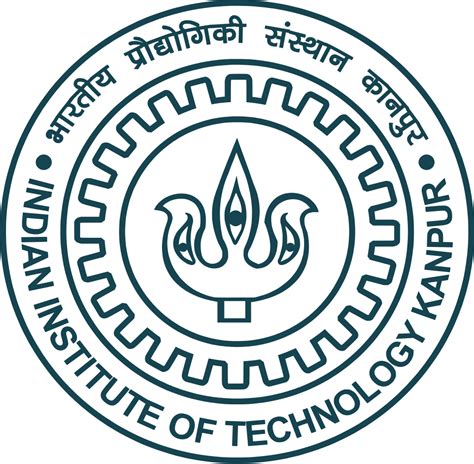Thesis Abstract
Development of Optical Visibility Meter
Visibility is often used as an indicator of air quality and visibility
degradation caused by human pollution is seen as a major air quality problem,
with most of the world's major urban areas being affected to some extent.
Visibility is a complex phenomenon, governed mainly by the atmospheric
extinction coefficient associated with gases, and solid and liquid particles
held in suspension in the atmosphere. Its estimation is subject to variations in
individual’s perception and interpretative ability as well as the light source
characteristics and the transmission factor. Thus, any visual estimate of
visibility is subjective. There is no single right way to monitor visibility,
because visibility and its degradation are very much a matter of human
perception. However, Meteorological optical range (MOR) or Visual Range is a
good proxy for the visibility which can be quantified/measured using several
techniques. Several instruments have been developed to get an estimate of
visibility based on light scattering, nephelometry, lidar, or transmissometry
principles. However, most of the instruments have several limitations and hence
efforts are required to develop better visibility meter. The main objective of
the present study was to develop a compact visibility meter that can be used to
quantify visibility or visual range of the atmosphere during low visibility
scenarios, e.g. fog, hazy atmospheric conditions, etc. The thesis describes the
work carried out on developing an instrument for measuring visibility,
particularly when the visibility is low (< 3000 m). The instrument is developed
using transmissometry principle. Red light-emitting diode laser at 670 nm
wavelength has been used as the source of light. Two identical Si-photodiodes
with spectral response in the range 350 - 1100 nm and active area of 10 mm
square have been used for measuring source and receiver light energy. Results
and analysis carried out in the present work suggests that the instrument
developed has the potential to be made into an available instrument for
measurement of visibility in the low range i.e. in smoky and foggy conditions.
Further improvements such as (i) re-fabrication of optical breadboard using
materials that have lower thermal expansion coefficient and resist vibrations,
(ii) a telescopic type of arrangement to reduce laser beam divergence, (iii)
proper enclosure to eliminate the effect of ambient light falling on the
detectors, (iv) appropriate filter, (v) laser light of much higher power, and
(vi) increase in baseline distance using set of parallel mirrors, etc. may be
considered for future work.
Contact me to know my current interests.

